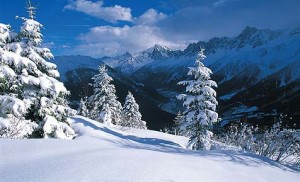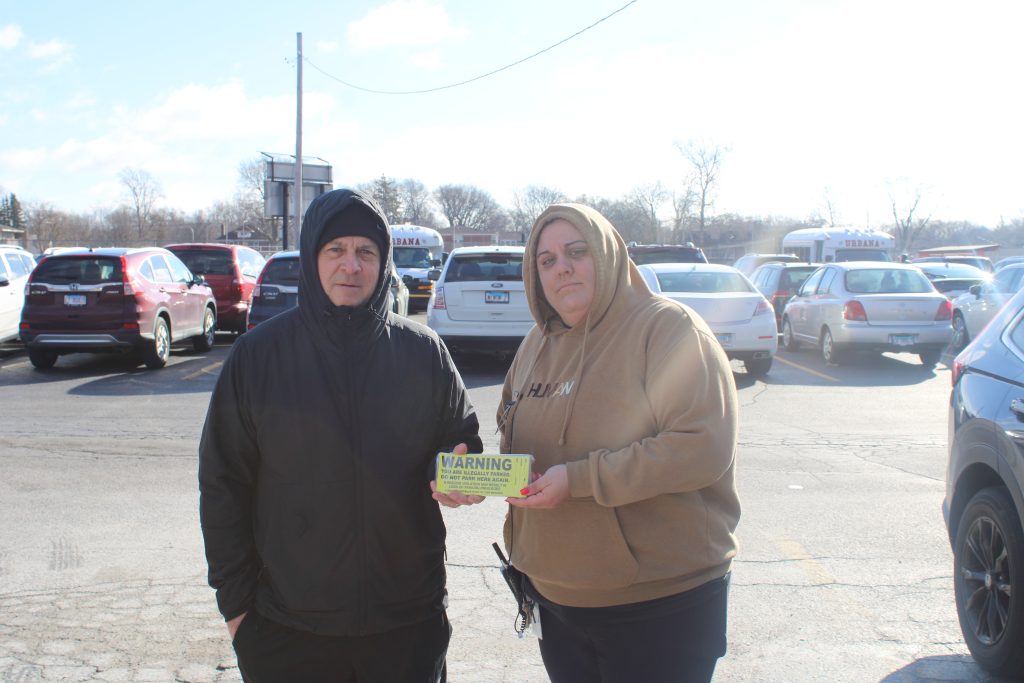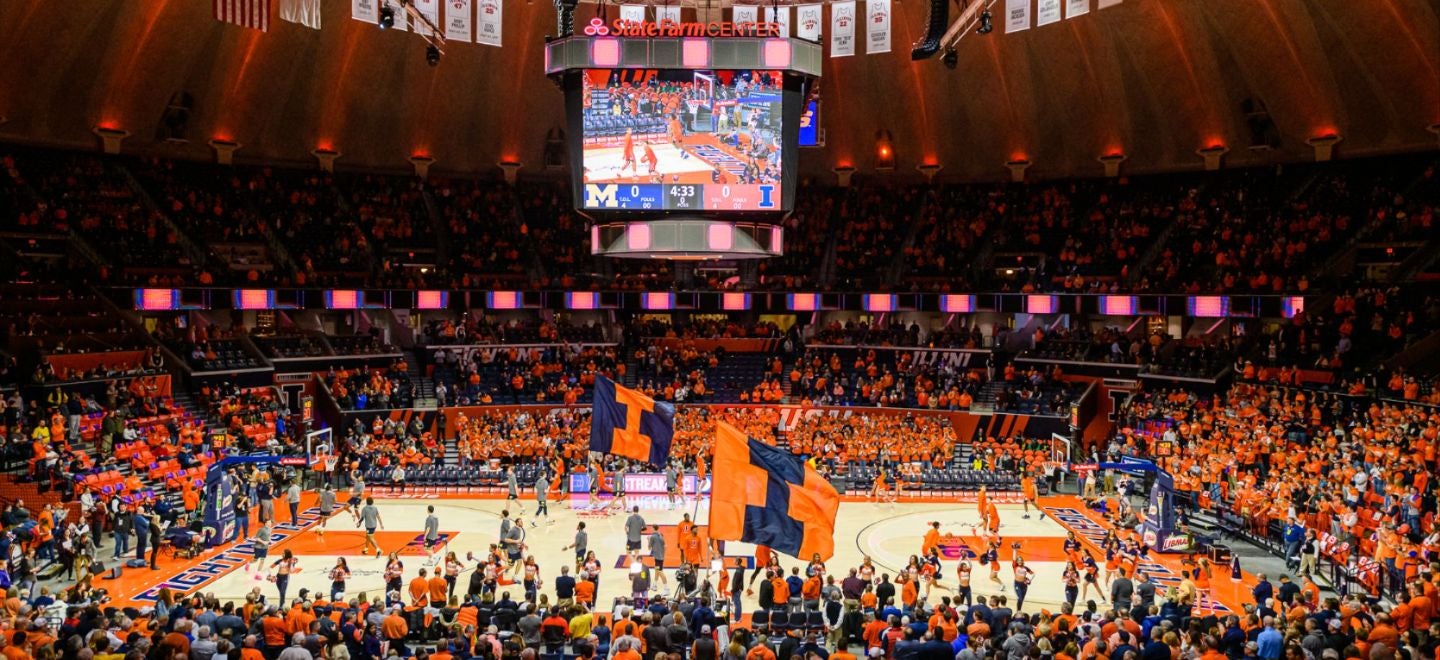Home For the Holidays
Well, it’s that time of year again! The holidays are coming and I will be explaining the history of four holidays: Christmas, Hanukkah, Kwanzaa, and Winter Solstice. So, let’s get started!
Let’s start with Hanukkah. It’s a Jewish holiday celebrating the re-dedication of the holy temple. They had a big dedication celebration and wanted to light a menorah, but there was only enough oil for one day, but miraculously, it lasted for eight days. Thus, they light one candle each of those nights. “Hanukkah goes on for eight days and every day we light a candle and the one who lights it then gets a huge present and the others get smaller presents, and on the eighth day, we all get lots of presents,” says Freshman Kim Philbeck.
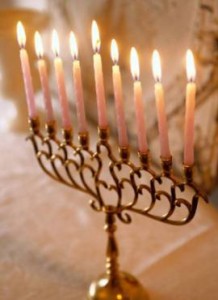
Kwanzaa is a non-religious African American holiday that celebrates family, community and culture. It is celebrated for seven days, December 26 through January 1. Dr. Maulana Karenga, professor and chairman of Black studies at California State University, created Kwanzaa. After the Watts riots in L.A., Dr. Karenga searched for ways to bring African Americans together as a community. The name “Kwanzaa” is derived from the phrase “Matunda ya kwanza” which means “first fruits” in Swahili. Each family celebrates Kwanzaa differently, but celebrations often include songs and dances, African drums, storytelling, poetry reading, and a large traditional meal. For each night of Kwanzaa, one light is lit along with discussing these seven topics: unity, self-determination, collective work and responsibility, cooperative economics, purpose, creativity and faith.
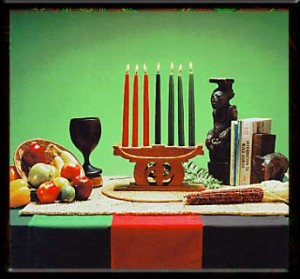
Winter Solstice is when the Earth tilts farthest from the sun on our side (the north side). The Earth at noon has an altitude of 26.5 degrees, which is pretty low in the sky. That’s also the lowest the sun gets at that latitude. It has been getting lower in the sky ever since the summer solstice in June. This all makes up for December 21 (Winter Solstice) to be the shortest day and longest night of the year. Now, about the celebration. Not many people celebrate it, but what the people who do celebrate it do is invite people over, light a bonfire, and listen to music along with other things. Winter Solstice was first celebrated by the Mesopotamians, who had a 12-day festival. Most people nowadays celebrate the rebirth of the sun, and the days getting longer.
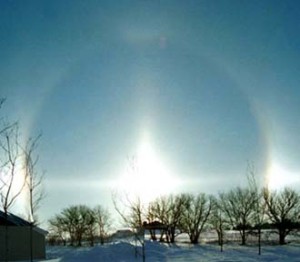
According to a class polled by The Echo, most student said Christmas was what they celebrated. Christmas originated from the birth of Jesus Christ. According to Ancient Romans, the sun god “Mythra” was born on December 25. The church decided to follow suit and adopt the date to celebrate Christ’s birth. Then you might ask, what about non-Christians who celebrate Christmas? They might go along with the “Santa Claus” theme and giving presents. Santa Claus came to be after a bishop named Saint Nicholas died and they decided to celebrate his death in Europe, by giving good children gifts, and bad children nothing. Clement Clark Moore re-imagined the holiday 1,500 years later, in 1822, he wrote the poem “The Night Before Christmas”. And in 1863 Thomas Nast settled the argument about what Santa Claus looked like, giving him his big belly, white beard, red nose, and red suit and cap. Sophomore Russell Olsen talks about a tradition he has in his family and what he gets to do on Christmas: “I usually get to see all my family on Christmas and on Christmas Eve, me and my sisters can open a present early.”
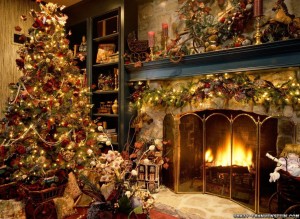
So I hope this story that I have told has cleared up some confusion about these holidays, and I wish everybody a great holiday season!
*Facts coming from “Winter Solstice: The Unconquered Sun” by: Janet Shotwell in an article that appeared in Vol III, Nov. 11, December 1991 from Halifax, Nova Scotia. “The History Channel: The History of the Holidays”
